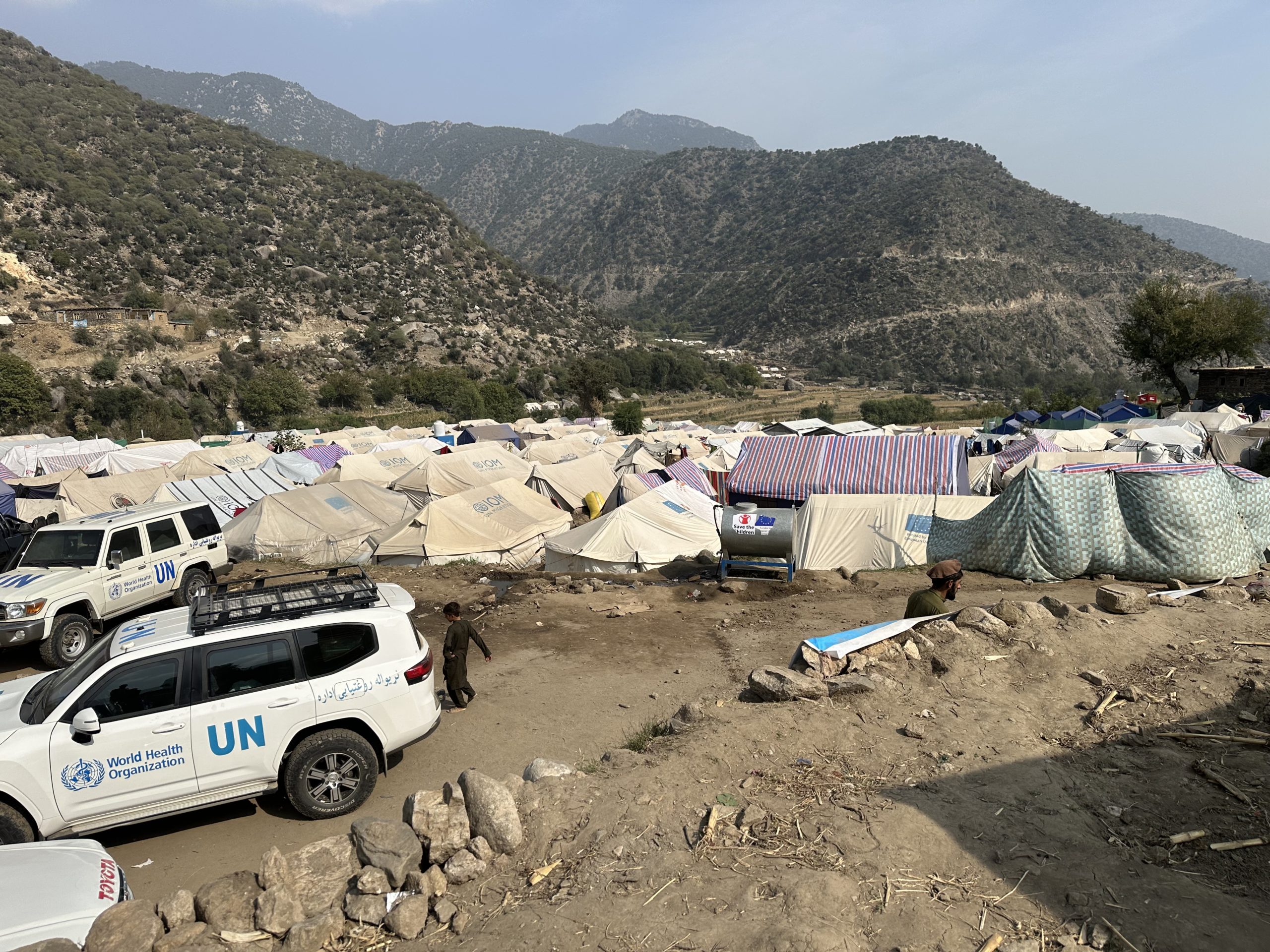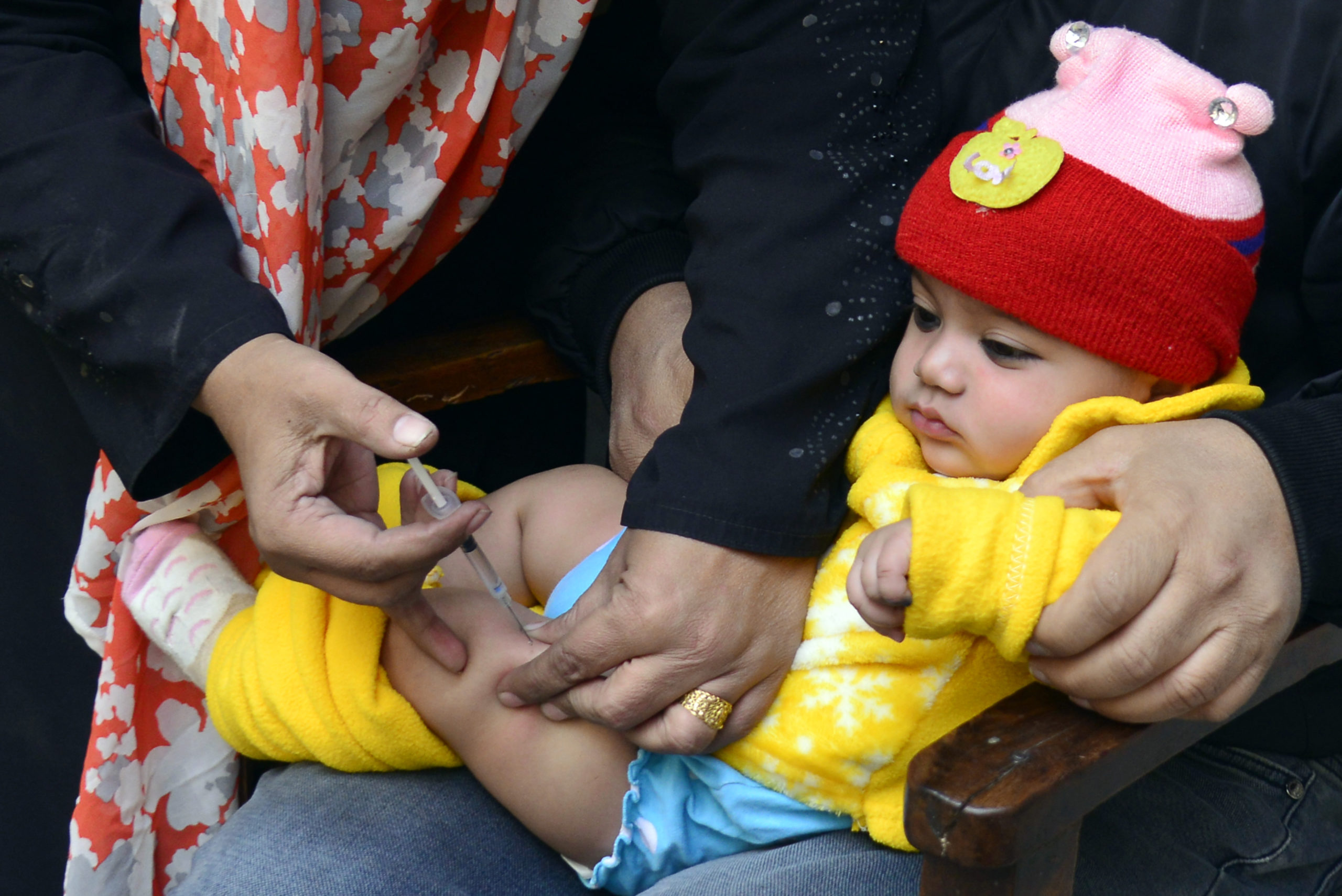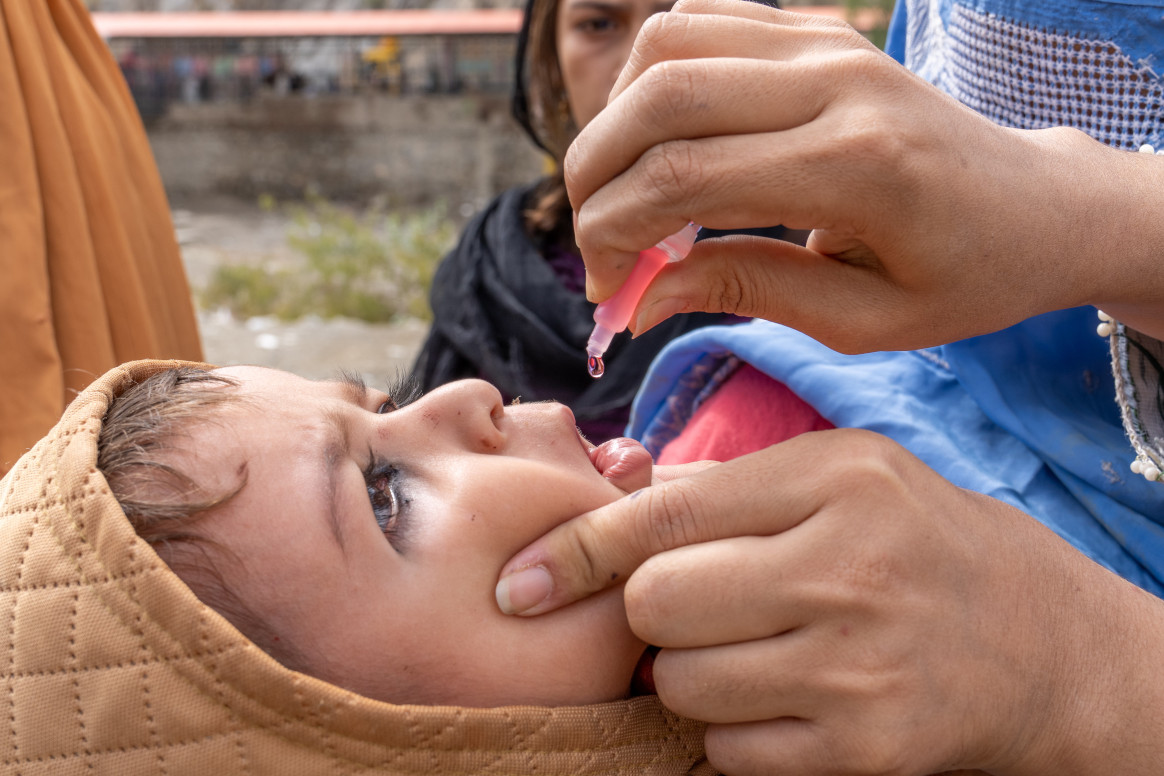
January 31, 2013 – When he was invited to give this year’s prestigious Richard Dimbleby Lecture, Bill Gates could have chosen to speak about a lot of things – from the creation of the personal computer, to life as one of the world’s wealthiest people, to his role as a leading philanthropist. But instead he decided to focus on polio, using the Lecture as a chance to explain why he, along with the foundation he co-founded and the partnership it supports, is so focused on ending this disease:
For Gates, “The fight to eradicate polio stands for what we can do and who we can be. The best of who we are—our capacity for innovation, our resilience, our boundless sympathy for each other—has gotten us to this threshold.”
Gates sees the innovation that polio eradication has catalysed as a model for future efforts to deliver better health to more people. “We are on the verge of doing something we’ve never been able to do before—reaching the vast majority of children in the remotest places in the world. We are building systems, developing technology, and training workers that make it possible to help people who never got any help. When polio is gone, we can use the same systems, technology, and people to deliver other lifesaving solutions, especially routine vaccinations for diseases like rotavirus and measles.”



